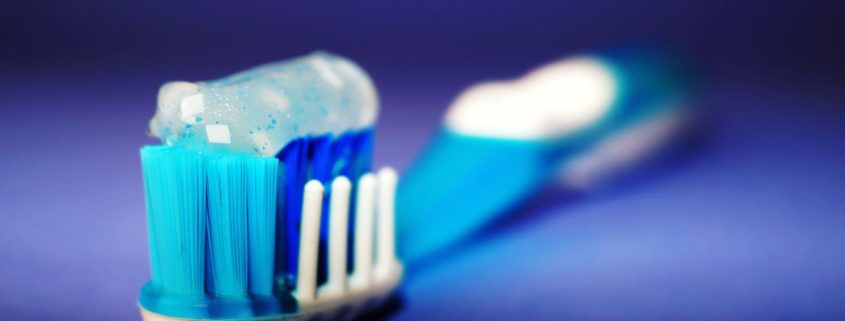Teeth whitening - What is used and why?
What is tooth whitening?
Teeth whitening is the removal of internal or external discoloration of the teeth. The external discoloration of the teeth is caused by food and beverages in the dyes contained in them. Thus, e.g. Coffee, tea and tobacco smoke. The external discoloration can be eliminated by simple oral hygiene. The internal discoloration of the teeth may be reduced by e.g. Antibiotics, sulfide-forming bacteria, invading substances or injuries of the dental pulp arise. They can not be eliminated by normal oral hygiene.[1]
How does tooth whitening work?
Teeth whitening from external discolorations can be removed by commercially available oral hygiene products. More stubborn discolorations are treated with special preparations containing almost all activated charcoal. But even natural substances can whiten the teeth. For example, Salt, baking soda, apple cider vinegar (be careful with acidic agents, these can attack the teeth), turmeric or coconut oil. Teeth whitening of internal discoloration happens only after consultation with a dentist, and only with healthy teeth. There are different methods.
→ „"Home Bleaching" - Here the dentist makes a precisely fitting plastic splint of the teeth, which is filled with a bleaching solution at home, and is worn for several hours.
→ „"In-Office Bleaching" - Brightening is performed directly at the dentist. Higher concentrations of bleaching agents are used, which are doctor-coated directly on the teeth.
→ „"Walking Bleach Technique" - Here the crown of the tooth is drilled out, filled with a bleach, and closed again. After a few days, this tooth is reopened, emptied and closed.
For a long time one tried to bleach teeth, whereby also many senseless or even dangerous means were used, so for example. Urine or acids. Today, urea peroxide is used. This requires no specific pH and is less reactive than normal hydrogen peroxide. So far it is classified as harmless and highly effective.[2]
What are the problems of teeth whitening?
Possible consequences of tooth whitening are not yet clear, but it can cause a strong pain sensitivity of the teeth to temperature as well as sweet and sour for a few days. In addition, in the case of long-term treatments, a weakening of the tooth structure and demineralization of the teeth can take place. Furthermore, prostheses such as crowns or fillings can not be bleached, resulting in a color difference. Often, the bleaching agent is also swallowed, which leads to mucous membrane irritation. Freely available preparations may have harmful ingredients and may be misused by the layman. In addition, teeth whitening is not a permanent procedure, and must be rescheduled more often to ensure permanent lightening. This is very expensive with around 300 to 600 € for both jaws, or 20-50 € per tooth. These costs are also considered purely cosmetic, and are not covered by health insurance.[3]
Sources:
Wikipedia[1][2][3]




Leave a Reply
Want to join the discussion?Feel free to contribute!